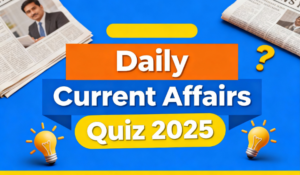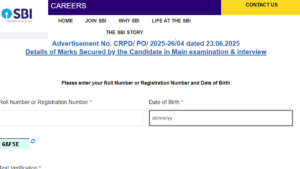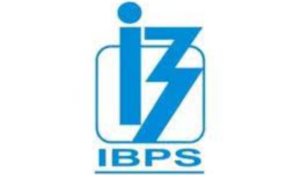Dear Readers,
The reasoning is a game of wits and presence of mind! Yes, it is true and it might seem as the greatest of the challenge after English Section’s surprises but yet this one can easily be dealt with. You just need correct practice and hardwire your brain to quickly make decisions about what to attempt and what to leave. And for same we are providing you questions of Reasoning Question and Answers. Solve these to Practice latest pattern reasoning question for bank exams.
Directions: (1-5): Study the following information to answer the given questions:
Eleven students A,B,C, D, E, F, G, H, I, J and K are sitting in a row of the class facing towards the north direction.
D sits immediate left of F and second to the right of C. A sits second to the right of E, who is at one of the ends.J is the immediate neighbor of A and B . J sits third to the left of G. H is to the immediate left of D and third to the right of I.
D sits immediate left of F and second to the right of C. A sits second to the right of E, who is at one of the ends.J is the immediate neighbor of A and B . J sits third to the left of G. H is to the immediate left of D and third to the right of I.
1.Who is sitting in the middle of the row?
(a) C
(b) I
(c) B
(d) G
(e) None of these
2.Which of the following group of friends is sitting to the right of G?
(a) IBJA
(b) ICHDF
(c) CHDF
(d) CHDE
(e) None of these
3.Which of the following sits to the immediate left of A?
(a) K
(b) J
(c) B
(d) I
(e) None
4.Which of the following statements is true in the above sitting arrangement?
(a) There are three students between D and G
(b) G and C are neighbours sitting to the immediate right of H
(c) B is sitting b/w J and I
(d) K is sitting b/w A and J
(e) None of these
5.If E and D, C and B, A and H and K and F interchange their positions, which of the following pair of students is sitting at the end?
(a) D and E
(b) E and F
(c) D and K
(d) K and F
(e) None of these
Directions (Q.6-10): Study the following arrangement of numbers, letters and symbols carefully and answer the questions given below:
A $ 1 P S # * 2 Q B 4 ! & 6 Z Y @ % 7 X
6.Which of the following should come in place of question mark (?) in the following series based on the elements in the above arrangement?
1$P *#2 4B! ?6Y 7%X
(a)@
(b) Z
(c)&
(d) %
(e)none of these
7.How many such symbols are there in the above arrangement, each of which is immediately preceded by a letter and also immediately followed by a number?
(a) None
(b) One
(c) Two
(d) Three
(e) Four
8.How many such numbers are there in the above arrangement, each of which is immediately followed by a symbol but not immediately preceded by a letter?
(a)None
(b) One
(c) Two
(d) Three
(e) More than three
9.If the positions of ten elements from the right end are reversed, which of the following will be the sixth element from the right end?
(a) Z
(b) Y
(c) @
(d) %
( e) None of these
10.Which of the following is 3rd to the left of the 8th element from the left end of the above arrangement?
(a) B
( b) !
(c) 4
(d) &
(e) None of these
Directions (11 – 15): In each questions below are two/ three statements followed by two conclusions numbered I and II. You have to take two/ three given statements to be true if they seem to be at variance from commonly known facts and then decide which of the given conclusions logically follows from the given statements disregarding commonly known facts.
Give answer
(a) If only Conclusions I follows
(b) If only Conclusions II follows
(c) If either Conclusions I or conclusion II follow
(d) If neither Conclusion I nor conclusion II follows
(e) If both Conclusion I and conclusion II follows
11.Statements: All lines are circles. Some circles are squares.
Conclusions:
I. No square is a line.
II. Some squares are definitely not circles.
12.Statements: All kites are birds. No kite is a glider.
Conclusions:
I. Some gliders are definitely not birds.
II. Atleast some birds are kites.
13.Statements: No fern is a plant. All roots are ferns.
Conclusions:
I. No plant is a root.
II. All ferns are roots.
14.Statements: Some planets are stars. Some orbits are stars.
Conclusions:
I. No orbit is a planet.
II. Atleast some stars are planets.
15.Statements: All solids are liquids. All liquids are gases. No gas is plasma.
Conclusions:
I. All solids are gases.
II. No liquid is plasma.
You May also like to Read:





 Daily Current Affairs Quiz 19 December 2...
Daily Current Affairs Quiz 19 December 2...
 SBI PO Mains & Final Score Card 2025...
SBI PO Mains & Final Score Card 2025...
 IBPS RRB PO Result 2025 Out at ibps.in, ...
IBPS RRB PO Result 2025 Out at ibps.in, ...








